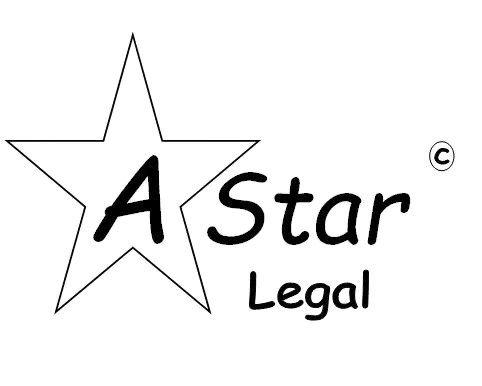Last updated on September 3rd, 2024 at 12:44 pm
Introduction
Certification Risk management has evolved into a crucial element for businesses and organizations to successfully navigate uncertainties in the complicated and unpredictable world of today. The worldwide standard for risk management, ISO 31000, offers concepts and recommendations to support organizations in handling risks in an organized, transparent, and reliable way. The significance of ISO 31000 certification, as well as its main ideas, advantages, and certification process,
Will be all covered in this article. Describe 3100 ISO. The International Organisation for Standardisation (ISO) has codified a collection of risk management standards called ISO 31000. Originally released in 2009 and updated in 2018, 3100 ISO offers a thorough framework for risk identification, assessment, and management for organizations. Any organization, regardless of size, can use it.
Table of Contents
ToggleEssential Ideas of ISO 31000
Effective risk management is guided by the set of fundamental concepts that form the basis of ISO 31000. These tenets are:
- Integrated: Risk management ought to be a fundamental component of every organizational endeavor.
- Structured and Comprehensive: Consistent and comparable outcomes are a result of a structured and thorough approach to risk management.
- Customized: The company should tailor the framework and procedure for risk management to its internal and external environments of the company.
- Inclusive: To guarantee that risk management takes into account a variety of viewpoints, stakeholders must participate.
- Dynamic: Risk management needs to be able to recognize, identify, and react to changes in advance.
- Best Available Information: Future expectations and historical and present facts should inform decisions.
- Human and Cultural Factors: Culture and human behavior have a big impact on every part of risk management.
- Continual Improvement: Businesses should create plans to make ongoing improvements to their risk management system.
Advantages of Certification in ISO 31000
Organizations can gain many advantages from implementing ISO 31000, including:
- Strengthened Judgment-Taking Organisations may make more informed decisions by putting ISO 31000 into practice since it gives them a clear awareness of risks and their possible effects. This enhances decision-making and facilitates the accomplishment of organizational goals.
- Better Recognition and Handling of Risks– A systematic method for identifying and managing risks is offered by 3100 ISO. This results in dealing with possible dangers and opportunities proactively.
- Enhanced Organisational Sturdiness– Organizations can improve their resilience—the capacity to endure and bounce back from unforeseen events by managing risks well.
- Increased Stakeholder Trust– ISO 31000 certification for strong risk management procedures, which consequently increases stakeholders’ trust in the organization’s capacity to handle uncertainty.
- Adherence to Legal and Regulatory Mandates– Following ISO 31000 lowers the chance of legal problems and fines by assisting organizations in meeting a variety of legal and regulatory obligations regarding risk management.
The Procedure for ISO 31000 Certification
Getting certified as an ISO 31000 requires the following important steps:-
1. Gain Knowledge of ISO 31000 Standards:-
The first thing that an organization should do is become familiar with the ISO 31000 standards and guidelines. Risk management professionals might be consulted, courses held, and training programs offered.
2. Carrying Out a Gap Analysis:-
A gap analysis shows how the organization’s risk management procedures now stand about ISO 31000 standards. This process identifies regions that require development.
3. Establishing a Framework for Risk Management:-
Organizations should create a unique risk management framework that complies with 3100 ISO requirements based on the gap analysis. This framework ought to work in tandem with the overall management system of the company.
4. Putt Framework into Practice:-
The framework must be deployed throughout the entire organization after it has been designed. This entails setting procedures, educating staff members, and incorporating risk management into day-to-day activities.
5. To ensure that the risk management:-
The framework is appropriately applied and complies with ISO 31000 requirements, evaluation, and internal audits must be carried out. Additionally, internal audits ought to conducted regularly.
6. Verification:-
Exam Organisations can move forward with the certification audit carried out by an accredited certifying authority after resolving any issues found during the internal audit. The organization’s Adherence to ISO 31000 standards is Evaluat By the Certification Authority.
7. Ongoing Enhancement:-
usually, improvements are emphasize by the ISO 31000. Companies should update and assess their risk management strategy regularly to accommodate new risks and situations.
Conclusion
The ISO 31000 certification provides a strong foundation for risk management, assisting businesses in navigating ambiguity and accomplishing their goals. Organizations can improve decision-making, risk identification, management, resilience, and stakeholder confidence by using ISO 31000 principles and guidelines. Comprehending the standards, carrying out a gap analysis, creating and executing a risk management framework, and passing through audits are all part of the certification process.
For more information stay updated with – A Star Legal



